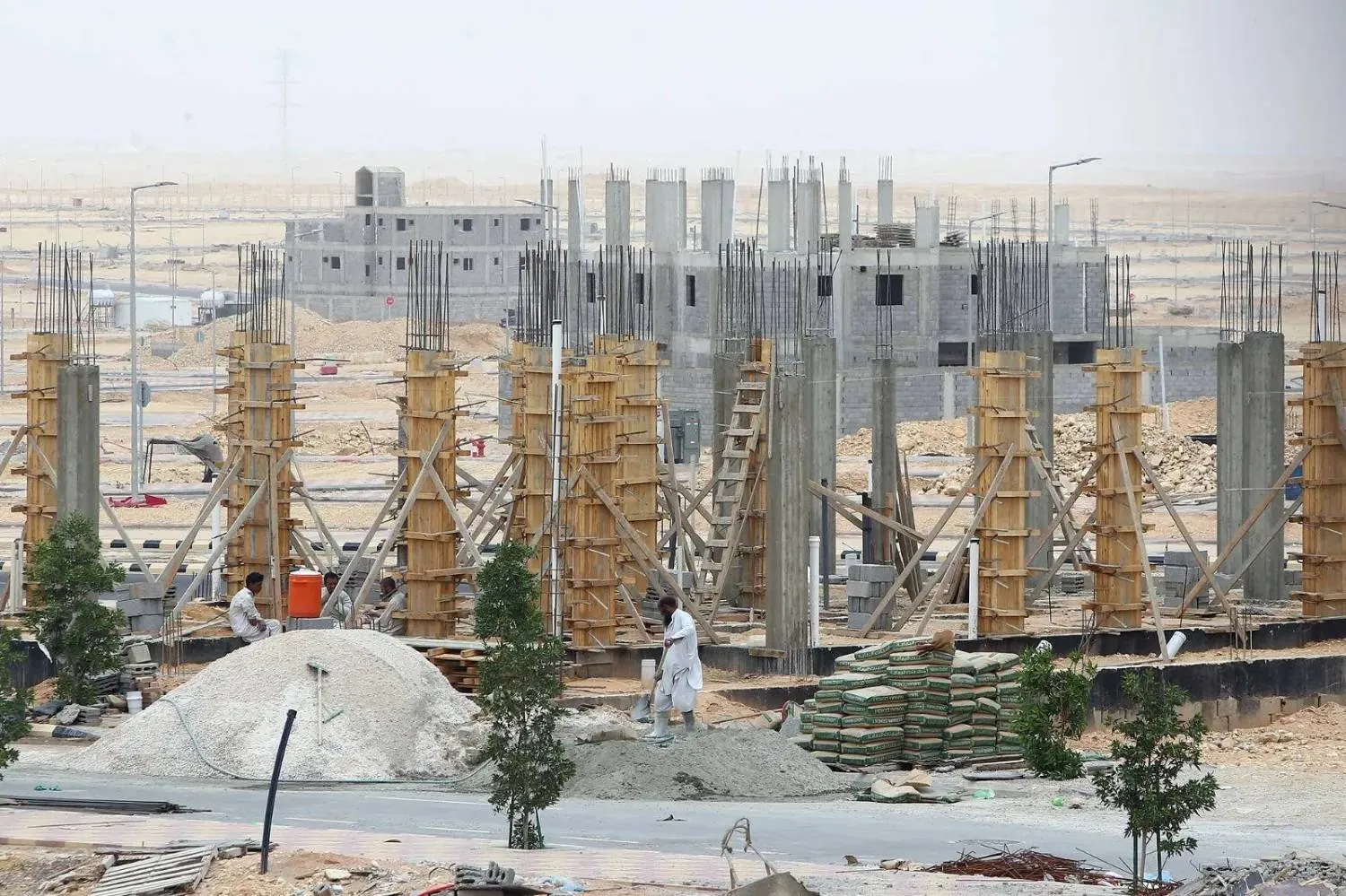Foreign remittances from Saudi Arabia saw a notable increase of 14% in 2024 compared to the previous year, reaching SAR144 billion ($38.4 billion), the highest level since 2022, according to data from the Saudi Central Bank (SAMA). Experts attribute this surge to rising employment rates and wage improvements in certain sectors.
In 2023, total remittances stood at SAR 126.8 billion ($33.8 billion), while in 2022, they reached SAR 143 billion ($38 billion), according to SAMA’s monthly statistical bulletin.
Economic analyst Rawan bin Rubayan linked the rise in remittances to strong economic growth and increased employment opportunities, fueled by Saudi Arabia’s ambitious Vision 2030 projects. The expansion of construction and service sectors has particularly driven the demand for foreign labor.
She highlighted in remarks to Asharq Al-Awsat that the number of non-Saudi workers in the private sector rose to 8.9 million in 2024, a 3.5% increase year-on-year, directly impacting remittance volumes.
Additionally, wage improvements in certain sectors contributed to higher disposable incomes. In 2024, the average monthly salary for foreign workers in construction and services rose to SAR4,200 ($1,119), up from SAR3,850 ($1,026) in 2023. The stable exchange rate of the Saudi riyal at SAR3.75 per US dollar also supported remittance growth.
Another contributing factor was the rising cost of living in Saudi Arabia. The Consumer Price Index (CPI) increased by 2.5% in 2024, pushing many expatriates to send a larger portion of their earnings back home. Rent and essential service prices also saw an upward trend.
According to Mohammed Al-Farraj, Senior Asset Management Executive at Arbah Capital, multiple factors drove the remittance surge, including a growing expatriate workforce, economic recovery in expatriates’ home countries, stable exchange rates, and advancements in financial services that facilitate money transfers.
Speaking to Asharq Al-Awsat, Al-Farraj explained that while rising remittances increase outbound cash flows, potentially impacting Saudi Arabia’s balance of payments, the effect on domestic liquidity remains limited. According to SAMA’s November 2024 report, remittances accounted for 5.25% of total bank deposits in Saudi Arabia.
However, predicting whether this trend will continue remains uncertain. Al-Farraj noted that factors such as changes in Saudi labor market policies, global economic conditions, and the evolution of digital banking technologies will determine the trajectory of remittances in the coming years.









